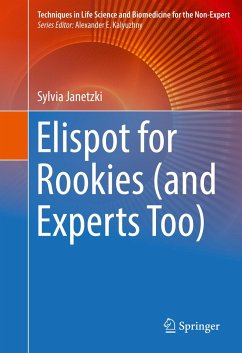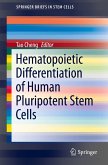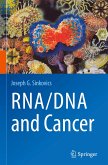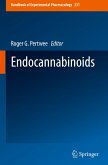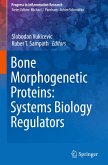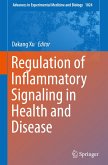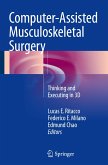This book provides basic, simple, and logical explanations for choices to be made to run the best Elispot possible. It allows the newcomer to truly understand the best options for specific protocol steps, reagents and materials, and provides even the experienced Elispot user with insight into best practices. The techniques presented here are supported by the author's twenty-plus years of first-hand experience working with this assay, as well as the shared experiences of numerous colleagues and collaborators.
The enzyme-linked immunospot (Elispot) assay is a widely used technique to monitor cells on the single cell level for the release of analytes like cytokines, chemokines or immunoglobulins (antibodies), in response to particular stimuli. The most important feature of Elispot is its outstanding sensitivity, allowing the detection of specific cells in very low frequencies. The advantages of Elispot have resulted in it being widely adapted for use in research and translational applications in numerous fields including cancer, infectious diseases, autoimmunity, and transplantation.
The enzyme-linked immunospot (Elispot) assay is a widely used technique to monitor cells on the single cell level for the release of analytes like cytokines, chemokines or immunoglobulins (antibodies), in response to particular stimuli. The most important feature of Elispot is its outstanding sensitivity, allowing the detection of specific cells in very low frequencies. The advantages of Elispot have resulted in it being widely adapted for use in research and translational applications in numerous fields including cancer, infectious diseases, autoimmunity, and transplantation.

